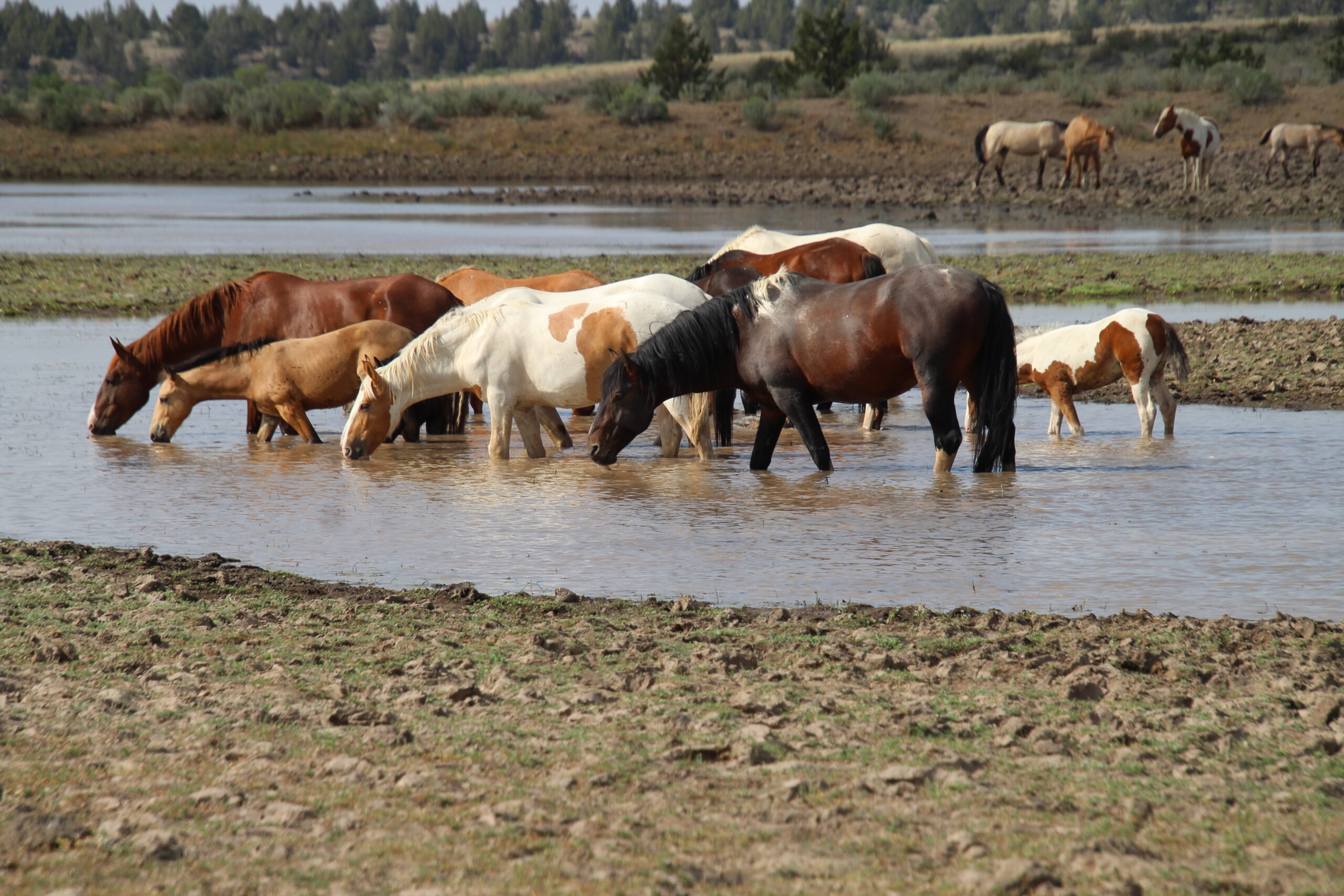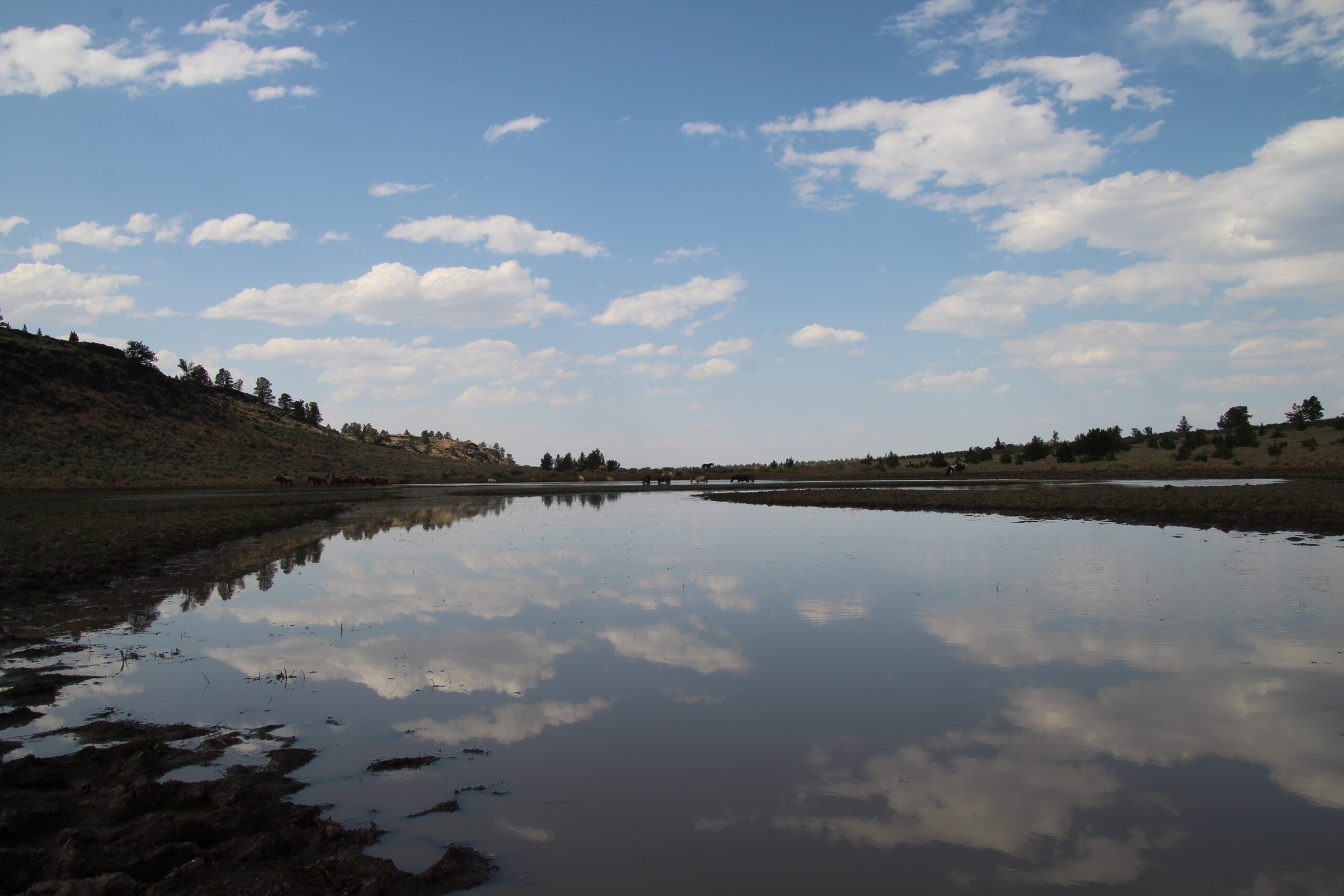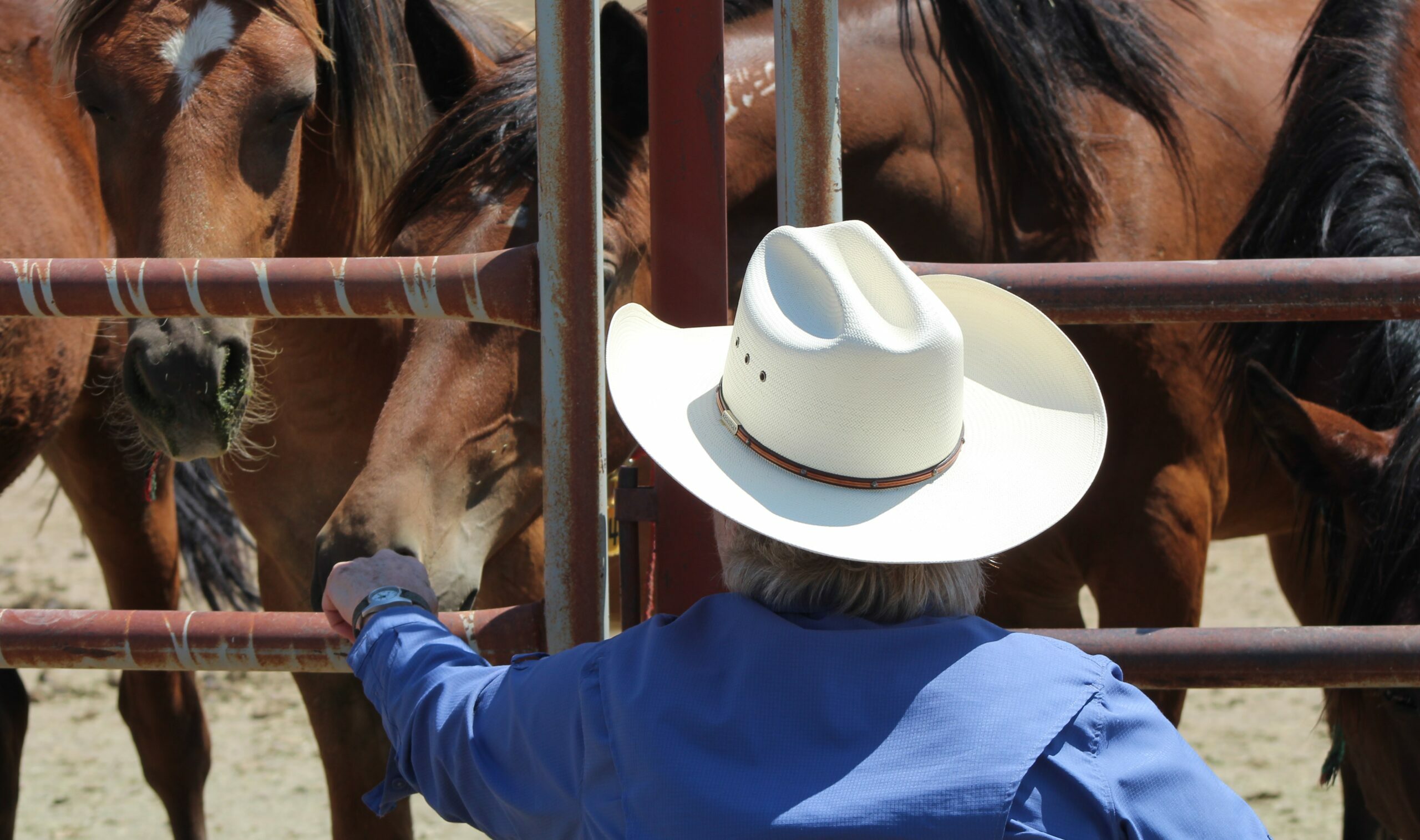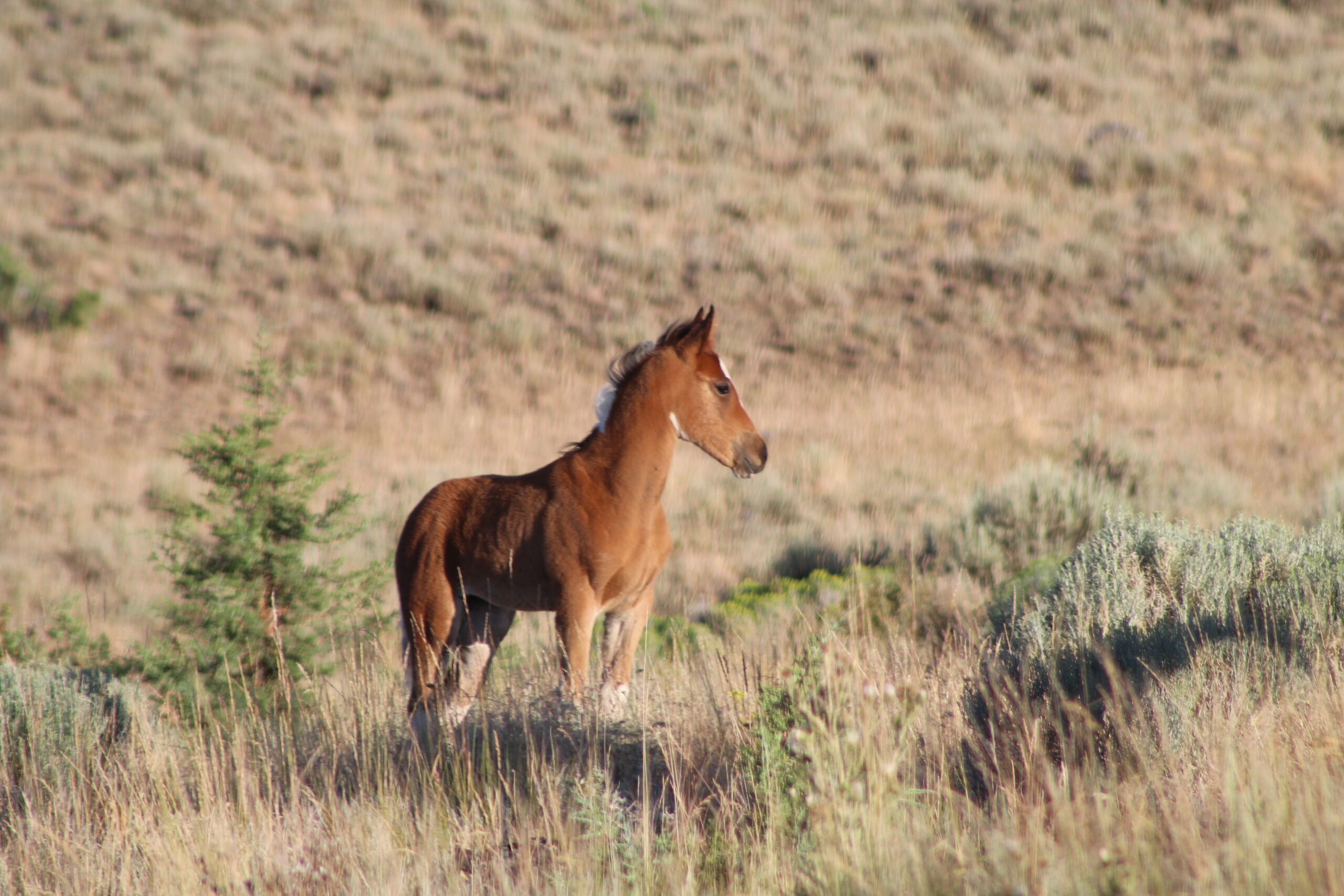Plight of Mustangs
An Icon of America
America and horses go hand-in-hand. You can’t imagine one without the other. All of today’s free-roaming mustangs and horses were brought to North America by explorers from Spain. However, fossils show that all equines originated here, bringing the adventures of today’s horses and mustangs in America full-circle.
The fact that horses of various breeds were used to traverse this new land during the exploration west is also something that is not lost upon those who see mustangs as belonging to the US. Without the horse, trekking through uncharted territories would have been even more treacherous. Families looking for their place on the frontier would not have been able to move themselves or their belongings across grounds. Battles fought on what would become United States soil may have had an entirely different outcome if not for cavalries riding atop these strong, graceful animals.

The Wild Free-Roaming Horses and Burros Act of 1971
An estimated two million wild horses roamed the American West by the year 1900. Seventy-one years later, that number had dwindled to 17,300. In response, the government passed The Wild Free-Roaming Horses and Burros Act of 1971 which declared, “wild free-roaming horses and burros are living symbols of the historic and pioneer spirit of the West; that they contribute to the diversity of life forms within the Nation and enrich the lives of the American people.” Included in this act was a statement that Congress considered “wild free-roaming horses and burros shall be protected from capture, branding, harassment, or death.” This act was meant to protect, manage, and control the free-roaming horses and burros on American public land.
Outcome of the Act
The Wild Free-Roaming Horses and Burros Act of 1971 is controversial. While some see it as a way to save a hallmark of the American West, others see it as a broken promise to maintain and progress an animal that helped expand and build our country.

Round-up
With any act of Congress, an entity needs to oversee what has been put in place. In 1971, the Bureau of Land Management (BLM) became that entity, watching over these regal animals’ health and population. With this responsibility, the Secretary of the Interior can round up mustangs and burros and hold them in pens or sell them at auction.
Controversy surrounds this. On the one hand, the boundaries set for these animals were created to ensure an equal footing for both free-roaming equines and ranchers trying to make a living. Population control means the health of the overall group – from food and water intake to disease – can be governed and maintained.
On the other hand, some feel too many of these animals have been rounded up, decimating the free-roaming population, and gifting that grazing land to privately held livestock, thus eliminating the competition for food and water.
Pens
To avoid overcrowding and starvation, the BLM moves rounded-up equines into pens, corrals, and pastures set in 10 western states, covering 32.6 million acres. These animals receive food and care, an expensive package that cost roughly $29 million in 2009. The BLM stands behind these practices, noting that a free-roaming herd can double in size every four years or so, making it an important task to continue round-ups.
But what happens once they’ve been placed in pens?

Auction
The Bureau of Land Management allows for the purchase of mustangs and burros through auctions, with more than 240,000 free-roaming equines placed since 1971. According to the BLM, many that have gone down this path have found it personally challenging and rewarding to care for such a distinct piece of American heritage.
There is controversy surrounding these auctions. The BLM itself does not sell horses to slaughterhouses for meat rendering, their goal being to protect these equines. However, there is evidence to support that many of these creatures end up there after adoptions take place.
The Slaughterhouse
If you live in the United States, you may find it shocking that there is a big demand for horse meat. And you may be downright stunned to know that consuming horse in the US is not illegal. It’s just not commonly consumed in the U.S., mainly because horses are usually considered a pet.
However, other countries such as France, Italy, and Belgium consider horse meat a delicacy. In 2008, France alone killed 16,000 for food. Of those 16,000, 7,000 animals were imported from other countries’ slaughterhouses. In 2006, three that ran in the United States – two in Texas and one in Illinois – killed nearly 91,000 horses.

The Future
Unfortunately, for these majestic animals the future is blurry. While there are a multitude of organizations and foundations set on correcting the bad situations free-roaming equines find themselves in, there are many set not to give these animals any special designation or protection. The Bureau of Land Management found the mustang and burro to have no natural predators, thus continuing their position as overseers to an American icon.
